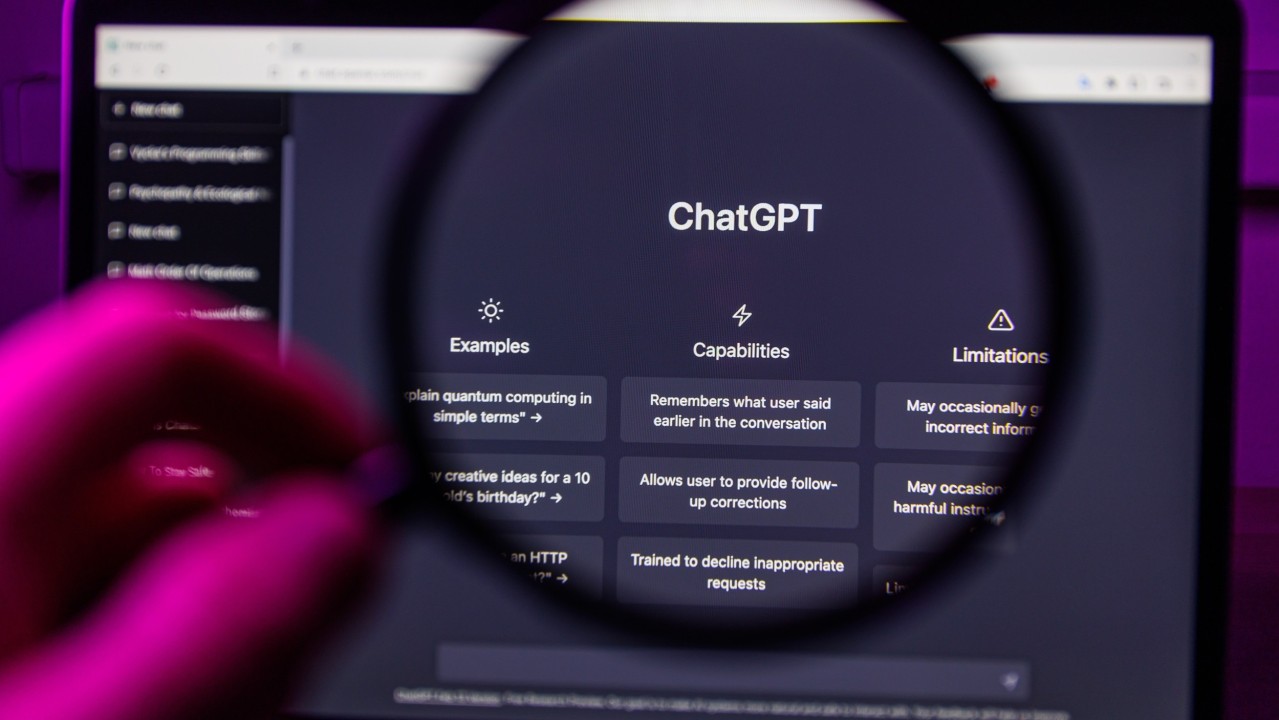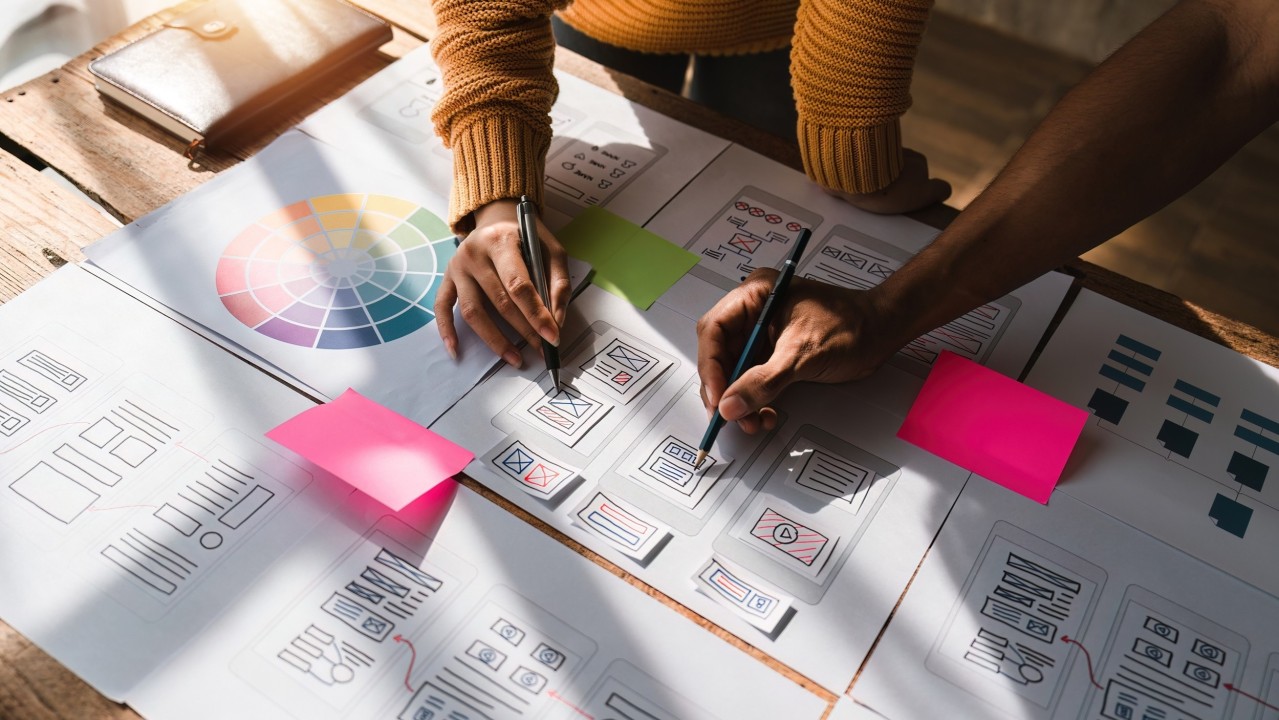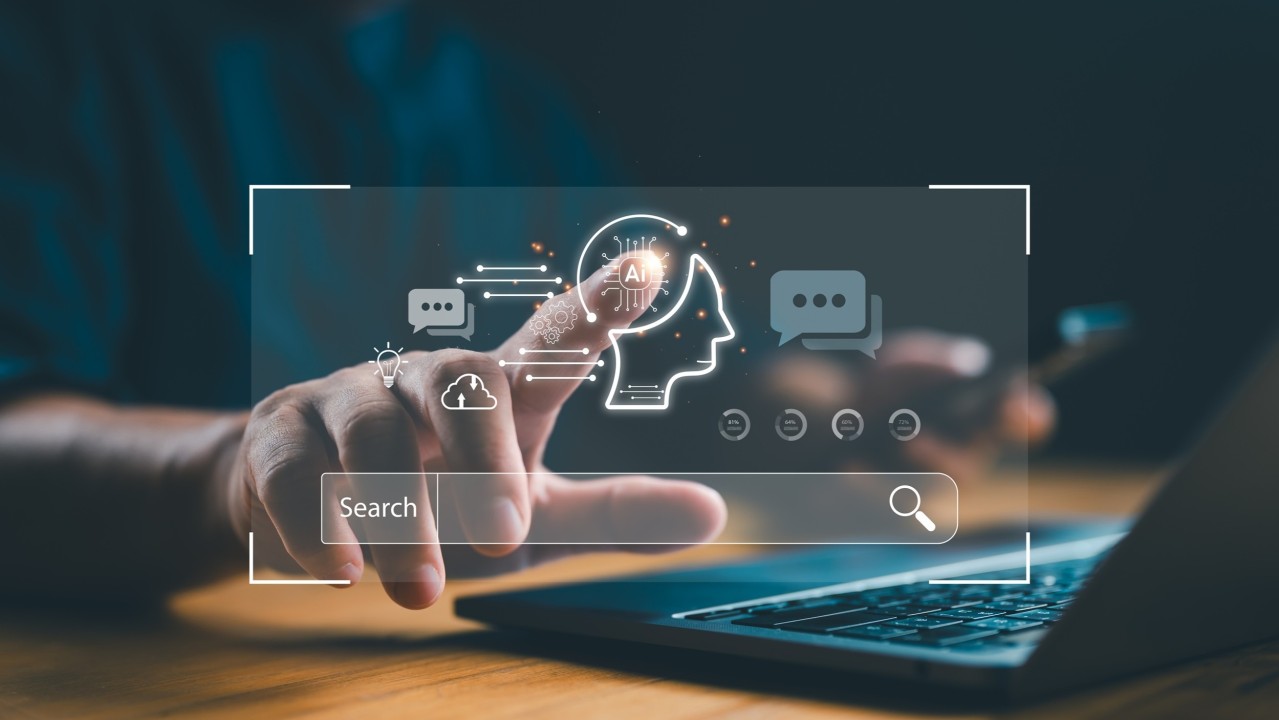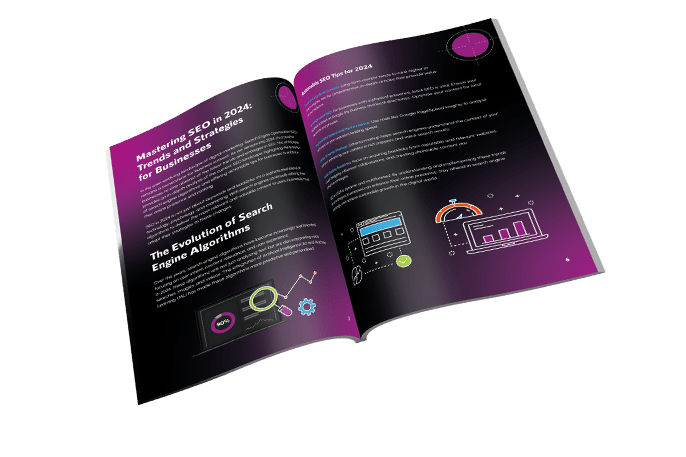News
AI in User Experience: AI-Powered UX: Enhancing User Journeys with Intelligent Interactions
As we navigate through the fourth industrial revolution, the fusion of artificial intelligence (AI) and digital processes stands at the forefront of this metamorphosis. Within this expansive field, the convergence of AI and User Experience (UX) represents a dynamic marriage of function and form.
As digital landscapes grow and evolve, the need to deliver seamless, intuitive user experiences becomes paramount. Here, AI serves as a beacon, lighting the path to innovative and personalised user interactions.
A New Dawn: The Convergence of AI and UX
At the heart of any product or digital platform lies the goal to provide the user with a meaningful and engaging experience. Traditionally, UX designers relied on user data, behavioural analytics, and design principles to curate these experiences. Today, however, AI steps into the arena, amplifying the capabilities of designers by offering predictive insights, automating iterative processes, and personalising user journeys.
According to a study by PwC, nearly 55% of consumers in the UK anticipate AI to provide solutions for their needs in the coming decade [source: https://www.pwc.co.uk/intelligent-digital.html]. Furthermore, a staggering 67% believe that AI will significantly enhance the user experience across digital platforms.
The Magic of AI in UX Design
AI, with its ability to process vast datasets swiftly, is transforming the user experience in multifaceted ways:
Predictive User Interfaces
AI-driven predictive analytics can foresee user actions and needs. By analysing past behaviours and patterns, AI offers recommendations or alters the interface in real-time. For instance, music streaming services might suggest tracks based on your listening history or mood.
Personalised Experiences
By interpreting user data, AI can craft custom-tailored experiences. Whether it’s a shopping site showcasing products suited to your tastes or a news portal curating articles based on your reading patterns, AI ensures every interaction feels individualised.
Automating Tedious Tasks
AI-powered chatbots or virtual assistants can handle repetitive tasks, such as answering frequently asked questions or guiding users through a platform, thus enhancing the overall experience.
Making it Work: Tips and Advice for Integrating AI in UX Design
Marrying AI and UX is not about leveraging the latest technologies but about enhancing the user’s experience. Here’s a compilation of tips and advice to ensure this integration is seamless and effective:
- Understand Your User: Before implementing any AI solution, understand your user’s needs, habits, and preferences. This ensures any AI-driven feature genuinely enhances their experience.
- Prioritise Transparency: Always make it clear when users are interacting with an AI-driven feature. This transparency builds trust and ensures users don’t feel manipulated or deceived.
- Opt for Simple Over Complex: While AI can handle intricate operations, the user interface should remain simple and intuitive. Complexity can deter users, so it’s always a good strategy to keep interfaces user-friendly.
- Test, Test, Test: As with any UX design, continuous testing is crucial. Gathering user feedback about AI-driven features and making iterative improvements is vital.
- Ethical Considerations: AI’s access to and analysis of user data pose ethical questions. Ensure your use of AI respects privacy concerns, and you handle user data responsibly.
The British Perspective: AI and UX in the UK
The UK, with its thriving tech industry, remains at the vanguard of AI and UX convergence. London, often dubbed the Silicon Valley of Europe, sees a plethora of start-ups and established firms integrating AI into their UX strategies.
In a recent survey, 73% of UK-based digital agencies claimed that AI-driven UX improvements significantly increased user engagement on their platforms [source: https://www.techuk.org/]. Furthermore, 64% of them acknowledged that these enhancements translated directly into increased revenues.
These statistics not only underscore the importance of AI in UX design but also hint at a trend set to dominate the British digital landscape in the coming years.
The Road Ahead: The Future of AI-Powered UX
While we’ve already witnessed the transformative power of AI in UX, the future promises even more revolutionary changes. As AI technologies become more sophisticated, their integration into UX design will only deepen.
Virtual and augmented realities are set to become commonplace, and AI will play a pivotal role in crafting immersive experiences in these domains. Moreover, as the Internet of Things (IoT) expands, AI will be instrumental in ensuring cohesive and intuitive user experiences across a myriad of connected devices.
Another exciting frontier is neuro-UX, where designers will harness AI to analyse neurological and biometric data, further refining the user experience.
In the intricate dance of AI and UX, the winner is the user. As designers harness the power of artificial intelligence to craft more intuitive, personalised, and engaging digital experiences, users across the globe, and particularly in tech hubs like the UK, stand to benefit immensely.
However, as with all technology integrations, the human touch remains indispensable. It’s crucial to strike a balance, ensuring that while we leverage the capabilities of AI, the essence of human-centred design remains intact. After all, the ultimate goal is to enhance the user’s journey, making every interaction more meaningful, engaging, and delightful.





The Ultimate Social Media Guide
With the ever-growing power of social media, we use the latest techniques, video, and animation software to craft eye-catching social media assets that make your brand pop. Our designers, wielding Adobe Creative tools, create distinctive animations and graphics to illuminate your brand story and highlight your products or services. Want a unique design? No problem – we also offer bespoke designs to match your brand aesthetic.